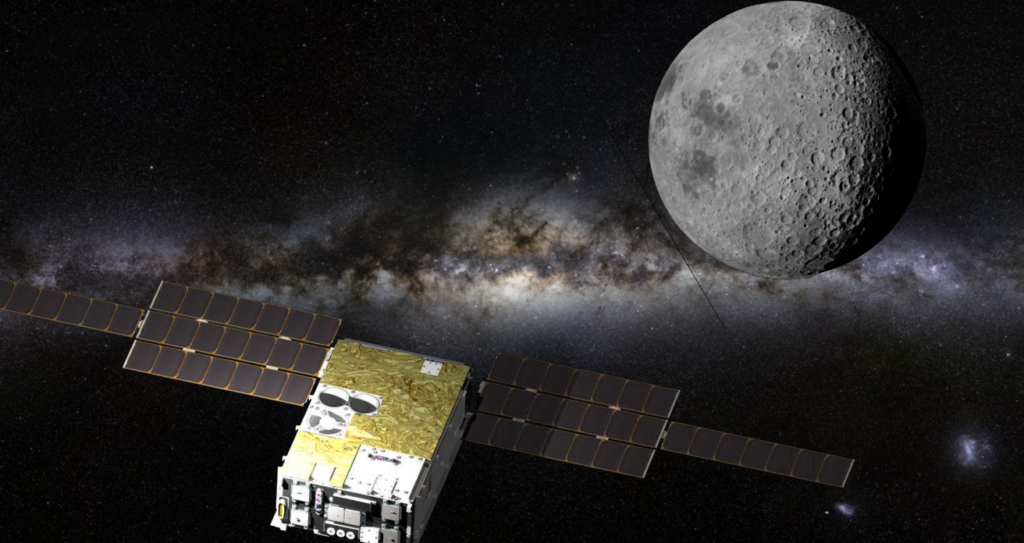Astronomers have announced the discovery of an asteroid approaching Earth. Subsequent rechecking revealed that it was actually an EQUULEUS spacecraft launched to the Moon during the Artemis I mission.
Cubesat with steam engine
EQUULEUS was created by specialists of the Japanese Aerospace Agency. The 14-kilogram spacecraft was built on the basis of the Cubesat (6U) platform. Its dimensions are 10 x 20 x 30 cm.

One of the main goals of EQUULEUS is to study the plasmasphere. This is the name of the inner part of the earth’s magnetosphere containing cold plasma. Another task of the mission is to test the methods of controlling the trajectory of the spacecraft in the Earth—Moon region with minimal fuel consumption. The designers of Cubesat have relied on the use of gravitational maneuvers, as well as an experimental engine that uses steam to make course corrections. In total, EQUULEUS carries 1.5 kilograms of water. It is heated by the heat from the communication components, turns into steam, and then thrown out if necessary course corrections.
Astronomers’ mistake
The Steampunk satellite was launched on November 16 as one of the associated cargo of the Artemis I mission. After separation from the carrier, it performed a successful flyby of the Moon and transmitted a photograph of its surface, after which it carried out a series of course corrections that directed it to the L2 Lagrange point of the Earth–Moon system. On the way to its goal, Cubesat also photographed comet C/2022 E3 (ZTF).
EQUULEUS of Artemis 1 fame was recently picked up in asteroid surveys and didn’t quite appear ‘rock’ like. Radio tracking was begun & by reviewing some posted data and some intuition ID’d the optical data as it. Thanks @EQUULEUS_en for posting tracking data on JPL Horizons! pic.twitter.com/vYvnYtXOfu
— Scott Tilley ???????? (@coastal8049) March 23, 2023
On February 26, EQUULEUS was photographed by one of the automated telescopes of the ATLAS system. The next time Cubesat was seen was on March 18. As a result, astronomers classified it as an asteroid approaching the Earth and even gave the designation A10TGEB. However, satellite spotters drew attention to the unusual orbital characteristics of the object and suggested that it was related to the Artemis I mission. Subsequently, the leaders of the EQUULEUS project published the exact celestial coordinates of the cubesat. This allows to confirm that we are really talking about it.
Follow us on Twitter to get the most interesting space news in time
https://twitter.com/ust_magazine

